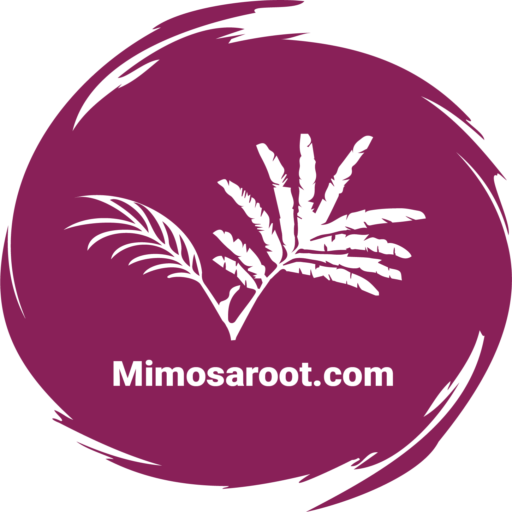Introduction to Mimosa Barks
Mimosa barks refer to the bark of trees belonging to the Mimosa genus, which is part of the legume family Fabaceae. This genus includes various species, some of which are known for their medicinal properties and traditional uses in different cultures. The most notable among these is Mimosa tenuiflora, commonly known as Jurema or Mimosa hostilis, which has gained attention for its psychoactive properties due to the presence of dimethyltryptamine (DMT) in its root bark.
Characteristics of Mimosa Barks
The barks of Mimosa species typically exhibit a fibrous texture and can vary in color from light brown to dark reddish-brown. The bark is often thin and may have a smooth or slightly rough surface depending on the species and environmental conditions. In addition to their physical characteristics, these barks contain various phytochemicals that contribute to their medicinal and psychoactive effects.
Medicinal Uses
Mimosa barks have been utilized in traditional medicine for centuries. In many indigenous cultures, particularly in South America, Mimosa tenuiflora is used for its healing properties. The bark is often ground into a powder and used in teas or as an ingredient in brews for spiritual ceremonies. It is believed to have anti-inflammatory, analgesic, and antimicrobial properties.
In addition to its physical health benefits, Mimosa tenuiflora has also been used in shamanic practices due to its psychoactive effects when combined with other substances containing MAO inhibitors. This combination allows DMT to be orally active, leading to profound spiritual experiences.
Psychoactive Properties
The primary psychoactive component found in the bark of Mimosa tenuiflora is DMT, a powerful hallucinogen that induces altered states of consciousness. When consumed as part of an ayahuasca brew or similar preparations, users report vivid visual hallucinations and deep introspective experiences. These effects have made it popular among those seeking spiritual enlightenment or therapeutic insights.
Cultural Significance
The use of Mimosa barks extends beyond medicinal applications; they hold cultural significance as well. In many indigenous communities, rituals involving the consumption of DMT-containing brews are integral to their spiritual practices. These ceremonies often focus on healing, guidance from ancestors, and connection with nature.
